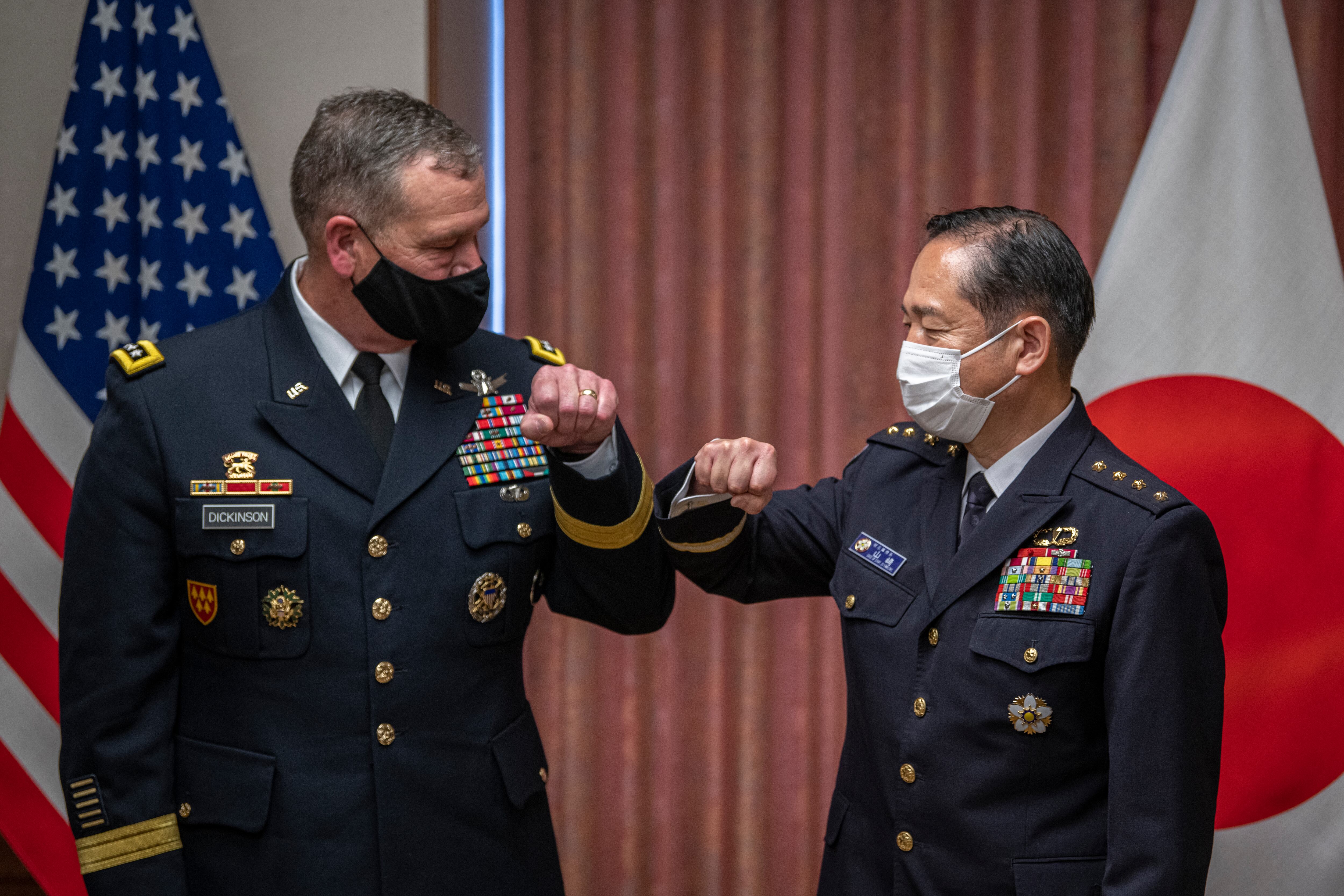COLORADO SPRINGS, Colo. — U.S. Space Command officially declared initial operational capability Aug. 24 at the 36th annual Space Symposium.
The announcement comes almost two years to the day after SPACECOM was resurrected as the 11th combatant command, taking over the space operations missions that U.S. Strategic Command had overseen.
According to Gen. James Dickinson, SPACECOM commander, the organization was ready to go from day one due to what it inherited from STRATCOM. However, it struggled to meet the strict definition of initial operating capability laid out in joint documents, which the general said was a tactical definition that made sense for acquiring weapons systems but was ill-suited to a strategic-focused combatant command.
RELATED

“U.S. Space Command’s IOC milestone is more strategically focused. It’s less about fielding a specific weapons system capability or even reaching a specific set of criteria than it is about capability to produce effects now [...] compared to what we’ve had during our establishment phase,” said Dickinson. “It’s about how we took the capability we had on day one and used it as a foundation to develop structurally, functionally, culturally, to meet the nation’s space domain imperatives.”
The general added that the IOC declaration recognized that SPACECOM had matured to the point that it has strategic effects.
“IOC is essentially a pivot point or an inflection point. It’s an indication that we’ve moved out of our establishment phase and into a phase where we’re expanding on the structural, functional, and organizational gains we’ve made over the past couple of years,” said Dickinson.
Dickinson went on to highlight several completed milestones from the command’s first two years, including establishing two components (Combined Forces Space Component Command and Joint Task Force-Space Defense), setting up the headquarters’ command and control capabilities, taking over Operation Olympic Defender, and taking part in several war games.
SPACECOM has also been assigned components from each of the services, including the First Air Force, which has been charged with human spaceflight support and related search and rescue efforts. First Air Force commander Lt. Gen. Kirk Pierce told Military Times in an Aug. 10 interview that his component was working toward achieving IOC in December.
Now, SPACECOM will enter its third year of existence with a focus on achieving full operational capability, which will require a fully staffed headquarters, a permanent headquarters location, and approving an operations plan and campaign plan.
Dickinson requested $26.8 million from Congress to get there in his unfunded priority list, an annual spending wish list that did not fit into the official budget request.
“The command has not yet received the necessary fiscal support to overcome prior year shortfalls,” Dickinson told lawmakers in a June letter. “This forces U.S. Space Command to push unfunded requirements into future years which further delays reaching FOC [full operational capability] and jeopardizes our ability to outpace the threats posed by our determined adversaries.”
That funding will help the command establish a military information support operations capability, obtain operations and planning software, buy and integrate modeling and simulation tools, incorporate artificial intelligence systems, and integrate federally funded research and development center expertise.
Nathan Strout covers space, unmanned and intelligence systems for C4ISRNET.








